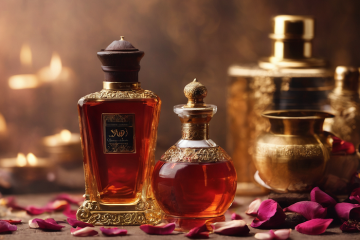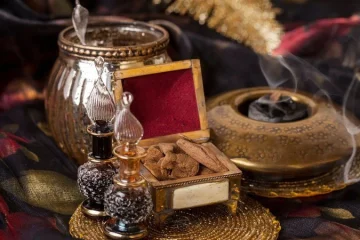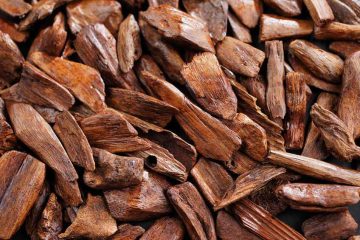In the realm of fragrances, few scents are as prized and enigmatic as oud. Derived from the resinous heartwood of agarwood trees, oud possesses a captivating aroma that has made it a staple in the world of luxury perfumery. However, the question lingers – why is oud so rare?
Origins of Oud and Cultural Significance
Oud’s journey begins with its roots deeply embedded in various cultures across the world. From the Middle East to Southeast Asia, this aromatic resin has been revered for centuries. As we delve into the historical tapestry, we uncover the cultural significance attached to oud, hinting at the beginnings of its scarcity.
The Rarity Factor: Geographic Limitations
Oud’s scarcity isn’t arbitrary; it’s intricately linked to the geographical nuances of agarwood tree growth. Native to specific regions, including Southeast Asia, the Indian subcontinent, and parts of the Middle East, agarwood trees demand precise conditions for optimal growth. Unravelling this geographical puzzle sheds light on why oud remains a rare treasure.
The Harvesting Dilemma: Sustainable Practices and Illegal Logging
The balance between meeting the escalating demand for oud and conserving the agarwood trees is precarious. Sustainable harvesting practices clash with the destructive force of illegal logging, threatening the very existence of oud-producing trees. Understanding this dilemma is crucial in comprehending the challenges faced by the oud industry.
Complexity in Extraction: Balancing Quality and Quantity
Traditional methods versus modern techniques – the extraction process plays a pivotal role in determining oud’s availability. The delicate balance between quality and quantity adds another layer to the mystery. As we explore the intricacies of extraction, the challenges and rewards become apparent.
Market Forces at Play: High Demand, Low Supply
Oud’s allure as a luxury item intensifies its demand. However, the scarcity of oud-producing trees contributes to a perpetual imbalance in the market. This section scrutinises the economics of oud, shedding light on how rarity influences pricing and consumer perceptions.
Environmental Impact: Deforestation Concerns and Conservation Efforts
The price of oud extends beyond its monetary value; it exacts an environmental toll. Deforestation concerns loom large as agarwood trees are felled for profit. Yet, amidst the challenges, conservation initiatives emerge as beacons of hope, aiming to preserve oud-producing trees for future generations.
Regulatory Challenges: International Cooperation and Local Perspectives
Navigating the oud trade involves grappling with international regulations and diverse local perspectives. The article scrutinises the regulatory challenges in preserving oud’s rare essence, emphasising the need for collaborative efforts on a global scale.
The Oud Industry’s Future: Innovation and Sustainability
As we peer into the future, technological advancements promise innovations in agarwood cultivation and extraction. Sustainability takes centre stage, with emerging trends steering the oud industry towards responsible production. What lies ahead for oud is a tantalising prospect, filled with possibilities.
Unveiling the Oud Enigma
In the tapestry of fragrances, oud stands as a rare and precious thread, weaving tales of culture, scarcity, and the delicate dance between demand and conservation. The mystery of why oud is so rare unfolds not just in its scarcity but in the intricate interplay of geography, tradition, and modernity. As the fragrance industry evolves, oud remains an enduring symbol of allure and exclusivity, a fragrant enigma that captivates the senses and defies the ordinary.



